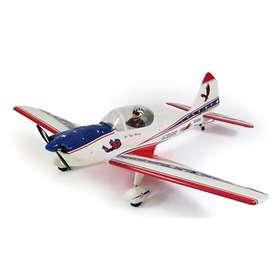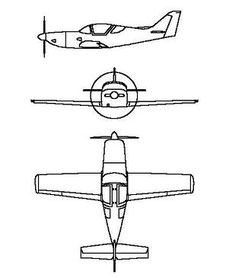
GLASAIR Aircraft Manuals PDF
History of Glasair Aircraft
Some GLASAIR Aircraft Flight Manuals PDF above the page.
The first Glasair was equipped with a Continental 0-235 and immediately showed a speed of almost 320 km / h.
It featured an innovative sandwich wing composite construction, where the surface was built up layer by layer onto the matrix using foam and fiberglass.
The required rigidity was provided by special ribs, which were installed at much larger intervals than usual. This innovation amazed even the architects.
The aircraft made its maiden flight in 1979 and was brought to Oshkosh for the 1980 exhibition, after which Tom Hamilton returned home with hundreds of orders for the kits.
Gradually Tom Hamilton began to realize that not every client is ready to fly a high performance aircraft.
He began to create a machine with a wider and longer fuselage, increased base and reduced pitch control.
This is how the Glasair IIS model was born. First with a classic chassis layout, and then with a nose strut. The first IIS flew in 1990.
And even before IIS, in 1985, Tom Hamilton tried out the Glasair III. No, this is not a sequence confusion. It was named Glasair III because it flew with a 300 hp engine. at a speed of 300 mph (480 km / h) and became one of the fastest DIY constructors of our time.
Shortly thereafter, Tom Hamilton sold the firm to his employees, and it changed its name from Stoddard Hamilton to Glasair. And when sales of Glasair began to decline, he returned and started creating another model - the GlaStar.
This plane was very different. It was a high wing aircraft with a composite fuselage wrapped around a steel frame and aluminum fenders. Subsequently, on its basis, the Sportsman 2 + 2 version was developed, which is sold today.


